PPT-1 02/10/2011 JAH LOCKERBIE ACADEMY
Author : bikerssurebig | Published Date : 2020-06-22
TRANSPORT UNIT VELOCITY S1S3 Road Safety amp PHYSICS 2 02102011 JAH LOCKERBIE ACADEMY TRANSPORT UNIT 3 02102011 JAH LOCKERBIE ACADEMY TRANSPORT UNIT Part 2 Scalars
Presentation Embed Code
Download Presentation
Download Presentation The PPT/PDF document "1 02/10/2011 JAH LOCKERBIE ACADEMY" is the property of its rightful owner. Permission is granted to download and print the materials on this website for personal, non-commercial use only, and to display it on your personal computer provided you do not modify the materials and that you retain all copyright notices contained in the materials. By downloading content from our website, you accept the terms of this agreement.
1 02/10/2011 JAH LOCKERBIE ACADEMY: Transcript
Download Rules Of Document
"1 02/10/2011 JAH LOCKERBIE ACADEMY"The content belongs to its owner. You may download and print it for personal use, without modification, and keep all copyright notices. By downloading, you agree to these terms.
Related Documents

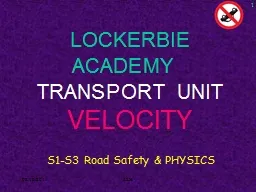
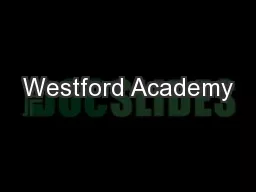


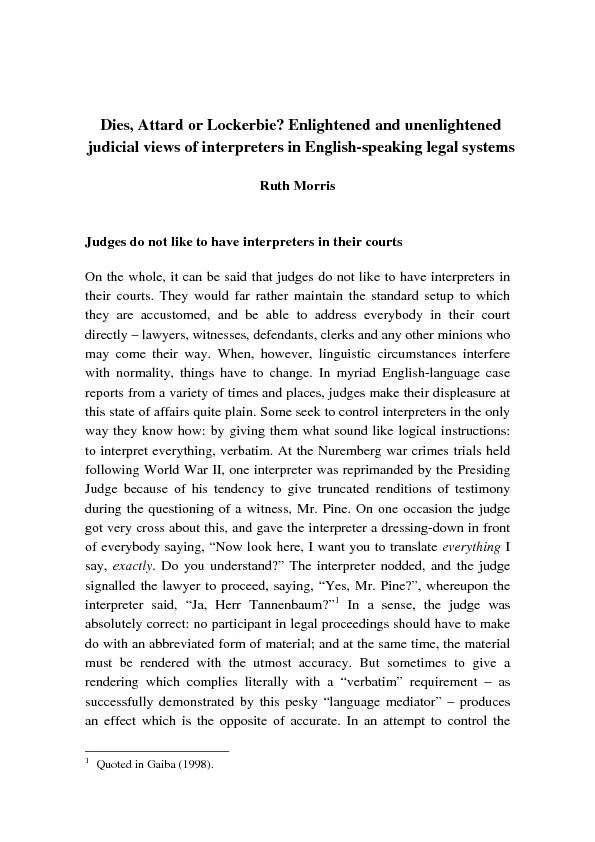



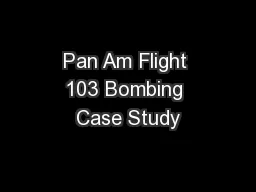



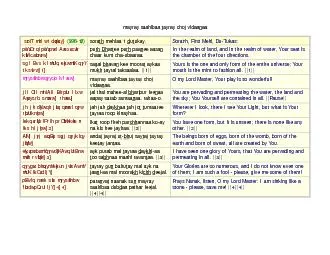
![[READ] - Service Academy Admissions: An Insider\'s Guide to the Naval Academy, Air Force](https://thumbs.docslides.com/905440/read-service-academy-admissions-an-insider-s-guide-to-the-naval-academy-air-force-academy-and-military-academy.jpg)